For internationally renowned photographer Alexander Lindsay, a new exhibition at Bowhouse will include retrospective images and an insight into his latest passion: exploring Scotland’s beauty.
Alexander Lindsay, 61, lives with his wife and young family in a beautiful mid-century home tucked away in the East Neuk of Fife.
Chatting in the garden on a sunny July day, the location couldn’t be more removed from the locations he has documented over the years.
Alexander grew up in London, but visited his family home near Elie every summer. His childhood gave him the opportunity to experience art up close: “In London we were neighbours of the sculptor Sir Anthony Caro – the only art I saw as a kid was gigantic,” he explains. “He was like a second father to me – we were incredibly close, and I grew up seeing this giant art being made.”
He fell in love with cameras early on and that passion was further ignited when he was gifted a book on Amsel Adams landscapes.
“I was about 16 at the time,” he recalls, “and that triggered in me this interest not only in the mechanical aspects of the camera but the emotional and communicative aspects of photography.”
Alexander went on to study technical photography at Rochester University in upstate New York.
“I didn’t see a future in documentary photography so I leapt at a chance of a job photographing war combat footage in Afghanistan,” he said.
“At age 23 in 1984 I headed over to Pakistan with a camera and a bag of film and was just told to get on with it.”
Documenting conflict
Five years in Afghanistan followed during which time Alexander had switched to recording news footage on 16mm film including commissions for the BBC’s Panorama and the new National Geographic television channel.
“I ended up with the Russian army in Afghanistan, then went to film in the first Gulf War and then back to the second Gulf War.”
He describes that time as: “heady days but it was time to move on, because frankly enough of my friends had been killed and I wanted to do different stuff.”
From war zones it was time to turn to ocean exploration and Alexander joined a 1500-mile expedition on a birlinn (West Highland galley): “I had never been in a sailing boat before, not even for a cocktail!” he laughs. “This was brutal stuff – five weeks without a roof over one’s head.”
Lure of the Titanic
“I did that film for National Geographic and that got me into the sea. I am unapologetically potty about the Titanic,” he confesses.
The first time he saw the wreck, in its resting place at the bottom of the Atlantic, he recalls that: “This was a profoundly moving experience because you are looking at this mythological object that you simply can’t appreciate on the TV – you can’t appreciate the scale and the colour. It’s like a living benign monster down there.”
Stranger than fiction
Alexander has made three expeditions to the Titanic in total, the last a project with film director James Cameron in 2000.
“What it reinforced to me is that fact is stranger than fiction – the things that I saw were so beyond imagination and one’s ability to invent how interesting life can be.
“There was something so profound and that’s what interests me in life – to see things that are truly astounding and to record them with a camera.
“It’s really to do with what reality is: depicting the world, choosing a time, place, technique that pays homage to wonder, it’s a pursuit of wonder. It’s a document presented in an art form,” he explains.
The photographer still dreams of returning to the Titanic one day, but that experience has also driven him to seek out incredible locations on dry land: “sharing my appreciation for what’s in front of me whether it is terrible or beautiful. A lot of the landscapes the places I have been to, the Atacama desert in particular, it is kind of terrible place. It’s an uninhabitable land, there’s no people who have ever lived there.”
Some of the stunning images in Alexander’s Bowhouse exhibition cover years spent exploring and photographing these terribly beautiful places, including “eight months of travel with a wonderful Chilean person I met on the way, ending up on a crab fishing boat off Cape Horn, that was brutal!
“I photographed in the Midwest of the USA – that was a private commission. Then Sophie and I with our little boy Leo who was six months old went to live in Cape Town and I photographed in Namibia, Lesotho and South Africa.”
The family – Leo is now five and their daughter Eloise is three – made the move to Fife three years ago and Alexander’s work has become almost entirely focused on Scotland since then.
“I’ve never been to a place more beautiful,” he said. “It’s the only place I actually physically had to stop driving at 6am in Harris as the view over to Skye was so beautiful that I actually thought I would crash the car if I didn’t stop!”
One of the highlights of his Scottish expeditions was a successful trip to St Kilda: “I had heard so much about it – I had tried several times in the last 20 years to get there but the weather had always defeated me.”
He was attracted to visiting “the edge of Europe, edge of civilisation, I was drawn to what still existed there and find out if the camera could possibly pay respect to our ancestors. I wanted to feel their existence through the camera.
“It’s the beauty of the place, the isolation, tranquillity. It’s the story of people who lived in a very advanced way. This wasn’t a primitive society – they were very connected with the rest of the world and with nature.”
The images captured on St Kilda, like all of Alexander’s recent work, embrace digital techniques to create immense, immersive photographs.
He isn’t creating images destined to be viewed on a screen. “I am very into the print,” he says, “when I am sitting there for five hours with my tripod, waiting for a cloud to move, I am thinking about how it will look on a wall.
“The ability to cut and paste, to add detail, joining images together to add detail and now joining slices of focus to add layers of details to achieve truly immersive giant images.”
All about the print
Alexander prints his images in his studio in the East Neuk. The finished works sometimes measure as much as eight metres wide and feature his carefully-honed digital technique that means that every part of the photograph is in focus.
The Bowhouse exhibition features 56 photographs, along with footage from the Titanic, award-winning combat footage filmed during the Soviet occupation of Afghanistan and his video artworks.
There will also be a photography symposium, a wider range of events designed to examine Scotland’s pioneers in photography and deepen the discussion of the importance of photography in our lives today.
“Today everybody is taking photographs,” he says: “it is the most widespread pastime, we spend x amount of minutes a day photographing on the most amazing camera on our phone.
“Scotland has the most amazing collections of photographs, and we will look at the story of the Mackinnon collection in particular.
“For another talk we have these young guys who are incredible drone operators, they sleep out of their SUVs, they have developed acute aesthetics to photograph the world from the sky.”
James Webb Space Telescope
Another event will see Andy Lawrence of the Royal Observatory Edinburgh discuss how astronomical images have changed over the last 200 years, including a look at the latest deep space pictures from the James Webb Space Telescope, a million miles above our heads.
Alexander will discuss his expeditions to film and photograph the wreck of the Titanic.
All of this has been pulled together with the support of Alexander’s wife Sophie: “she is very much in the art world, she was a director with Sotheby’s in modern art. She is my best critic and guide and she is really focused on what art means to people.
“When I first saw the Bowhouse I thought it would make a good gallery, so in this farm producers market it had this polished concrete floors, good lighting. The structure is brilliant and we are going to pull off a completely unique world-class exhibition – up there with the top galleries. That’s the ambition!”
From photographing war zones to descending 4km under the ocean and Scotland’s most inaccessible locations, Alexander Lindsey certainly doesn’t do things by half. For him: “photography is a call back to what is truthful.”
Find out more, see the full list of free events and book your place at alexander-lindsay.com
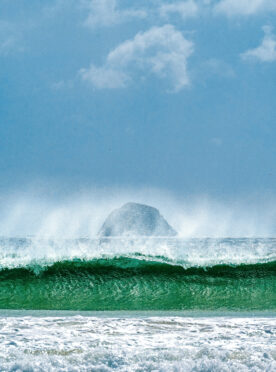
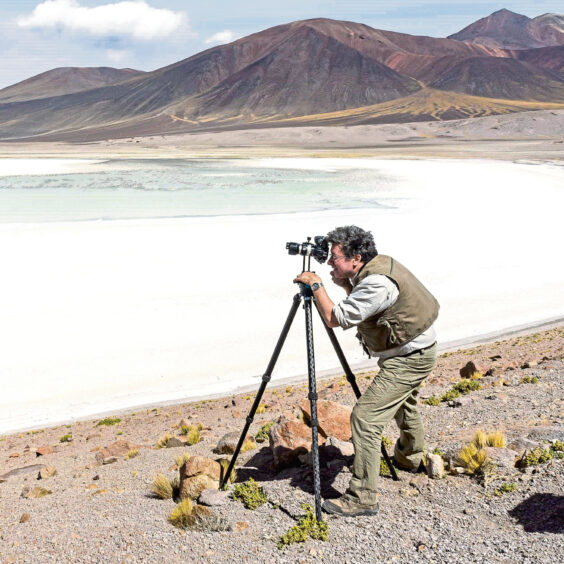
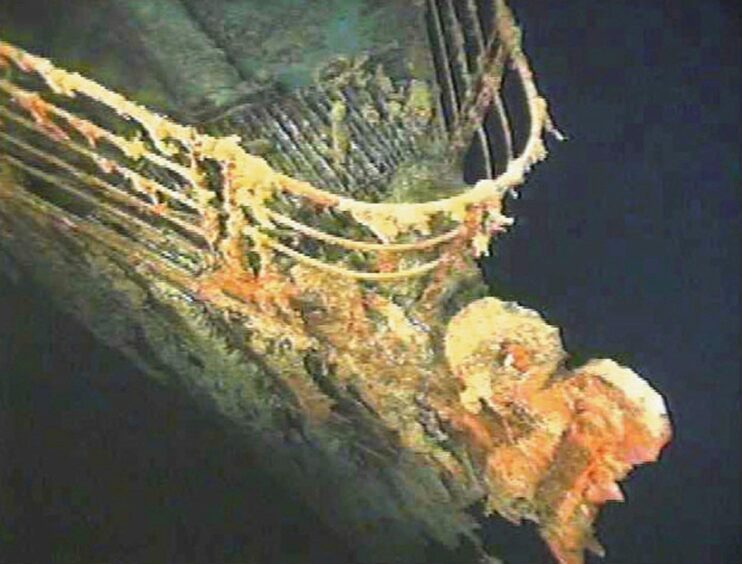
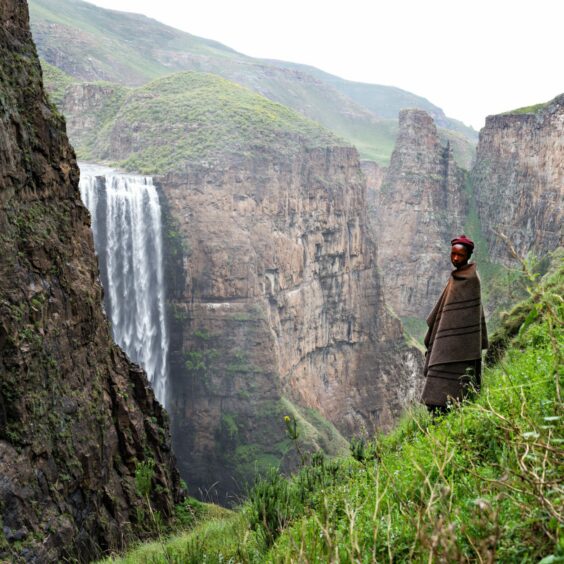
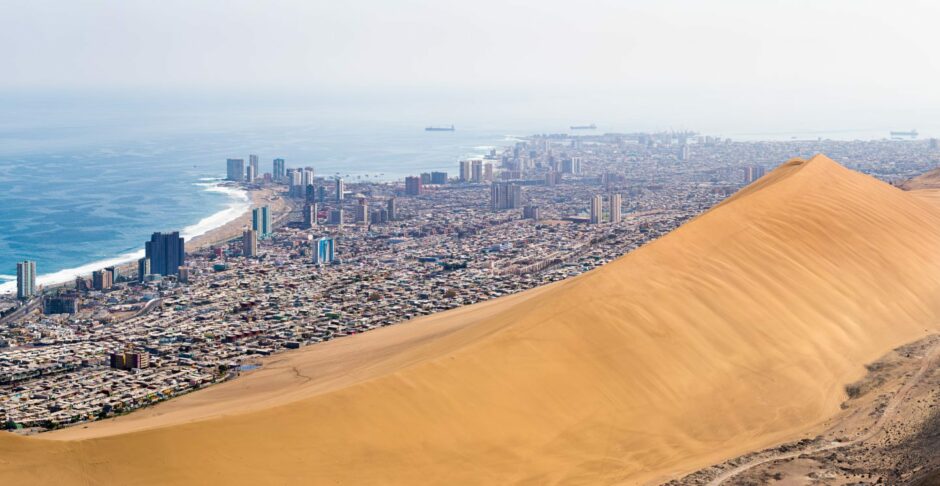



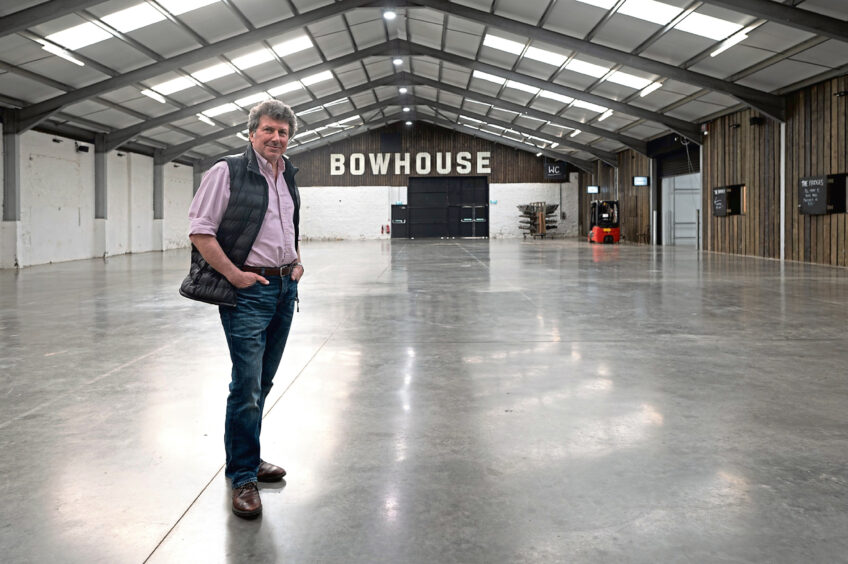

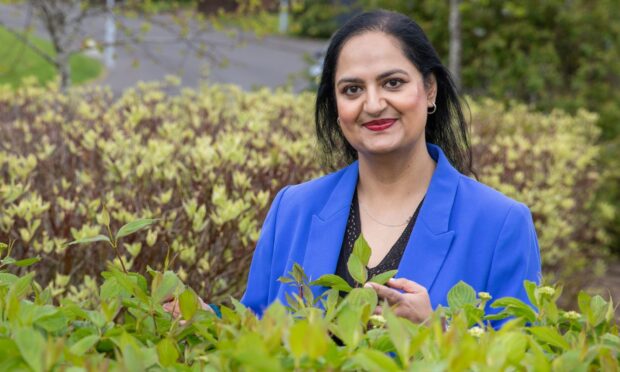
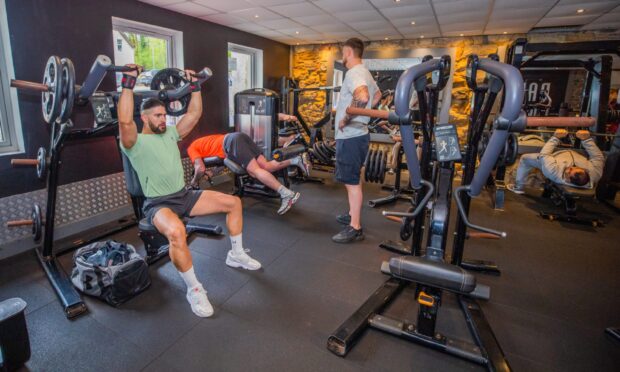
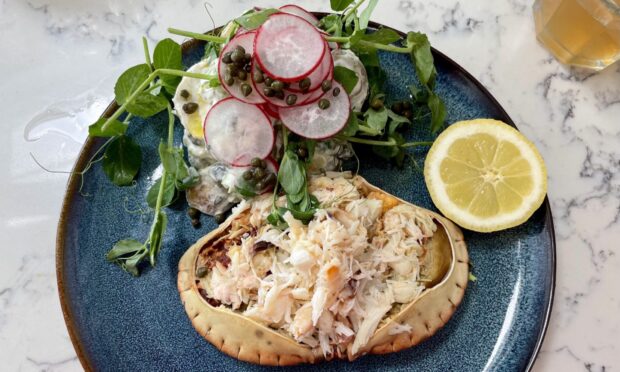
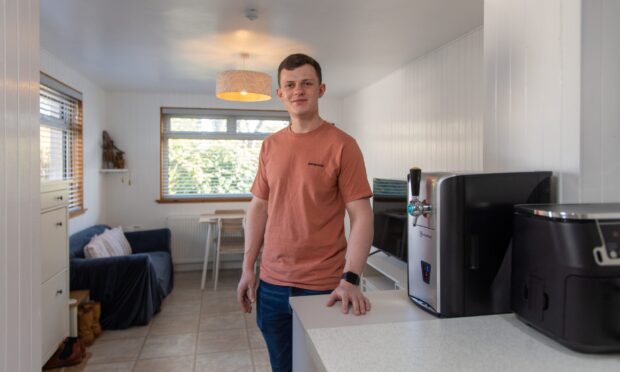


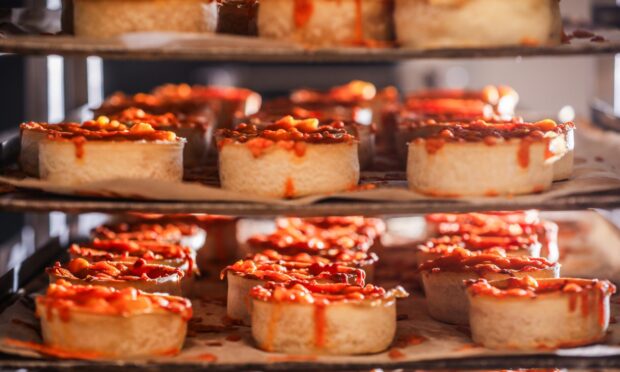
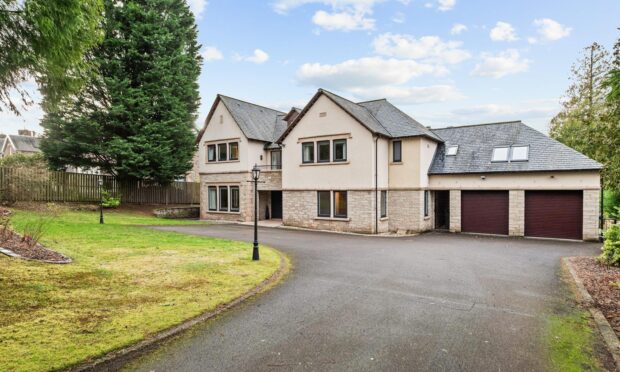
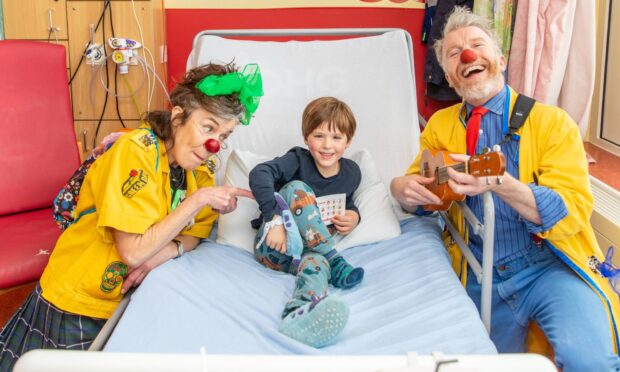
Conversation